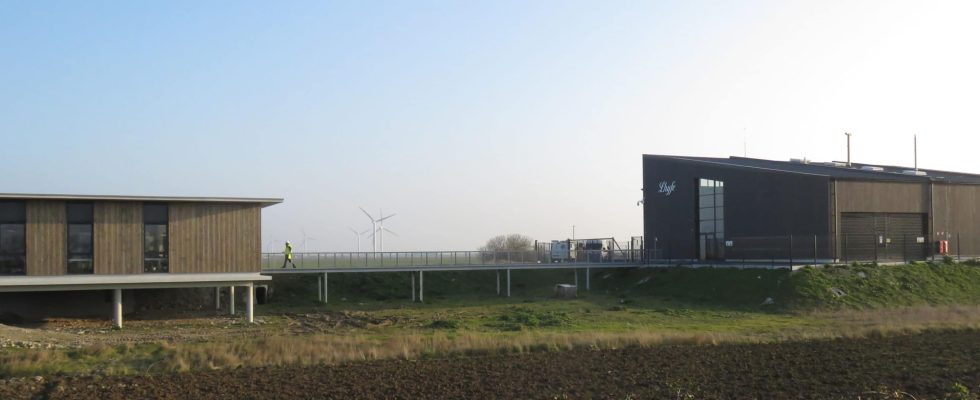Grey, blue, green, pink, etc. : do you know the seven colors of hydrogen, each of which refers to the source of energy and/or the process used to produce it? Beyond the passionate debates on the subject, let us first recall the facts: if in Brussels the negotiations are raging between supporters of green hydrogen produced from renewable energies, and supporters of low-carbon hydrogen, which would include also that produced from nuclear electricity (this one is pink or purple), the reality of hydrogen today is gray: it is produced at more than 95% from fossil fuels. One color, however, could make everyone agree: white. And there, crap! France is perhaps the Eldorado of this white hydrogen, naturally present in deep geological layers, but deemed rare.
The announcement of the discovery by two researchers from the University of Lorraine of what could be the largest deposit of white hydrogen in France and Europe, in Folschviller, in Lorraine, could indeed change the terms of the debate. Of course, caution is in order. There are still two years of research to obtain the complete mapping of native hydrogen resources on the territory and the establishment of an industrial-scale operating system: the road is long before considering a profitable operation. But if these steps are successful, it is a new, major option that is available to facilitate and accelerate the French energy transition, which will in particular make it possible to decarbonize certain industrial sectors or to ensure the storage of renewable electricity.
If you like these announcements on white hydrogen, you will love those on white gold, in Alsace this time. White gold is another name for lithium, a strategic metal especially for electric car batteries. It is not yet produced in France, but could be, in Alsace in particular. According to the Ministry of Industry, Alsatian lithium reserves could eventually serve a quarter of the needs of French automobile production. Here again, caution is called for: lithium is found in deep underground waters, it takes many permits and refinement of the technique to extract lithium from water. Not to mention the seismic risk that must be managed and reduced, lithium being extracted using geothermal energy, which has the double advantage of extracting the metal while producing heat for industry or the residential sector.
An obsolete mining inventory
What these two announcements tell us is that it was high time to look at what we have under our feet. The contributions of the subsoil in the energy transition are immense. Firstly in resources: use of energy from the subsoil with geothermal energy, mineral resources for the production of low-carbon technologies so greedy in metals, natural hydrogen or quite simply… the water present in groundwater. The underground is also a storage space: for gas, CO2 or nuclear waste – this is the objective of the Cigéo project.
However, our knowledge of what our subsoil contains has declined over the past two decades. Research in this area experienced a period of glaciation, like the inconsistent policies followed in the energy field put forward by the deputies Raphaël Schellenberger and Antoine Armand on the occasion of the commission of inquiry on energy sovereignty. Let us remember when, almost ten years ago, the BRGM, a public research body, was even forbidden to study the potential of shale gas and oil present in the French subsoil. Prohibiting its exploitation was one thing, but prohibiting research is not the hallmark of an enlightened state.
More generally, everything related to the search for resources in the French subsoil has been stigmatised, especially for ten years, to such an extent that the French mining inventory is obsolete, which is moreover restricted to the near surface – less than 300 meters. However, we already know of deposits, some world-class, in Alsace, in the Massif Central or even in Brittany. France has its place to take in a sector that Western states have left to China for twenty years. There remains a political and legal question to be settled: is this return to mining possible in a country that has elevated the precautionary principle to constitutional status?
* Cécile Maisonneuve is founder of Decysive and advisor to the Energy and Climate Center of Ifri
